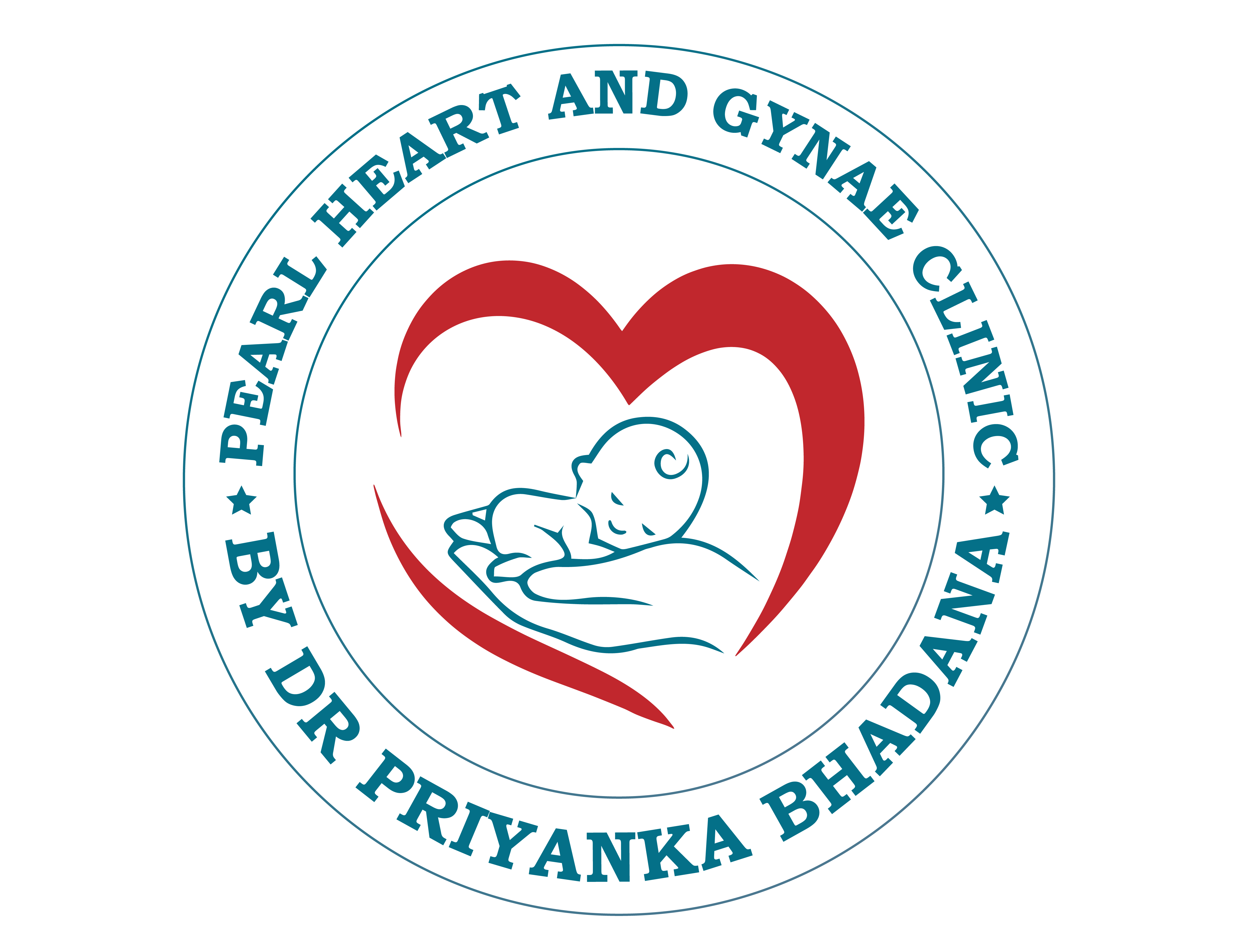Unhealthy mitochondria can cause severe medical disorders known as mitochondrial disease which commonly affect organs like heart, kidney, skeletal muscle, and brain.Majority of these mitochondrial diseases are caused by genetic defects (mutations) in the mitochondrial DNA. Unlike nuclear genes, mitochondrial DNA is inherited only from our mother. Mothers can carry abnormal mitochondria and be at risk of passing on the serious disease to their children, even if they themselves show only mild or no symptoms. Due to the complex nature of these diseases, their diagnosis and therapy are very difficult. However, after understanding the complexity related to the cure of these diseases, alternative methods have been developed to minimize/stop the transfer of mitochondrial diseases from mother to offspring. This latest technique is called mitochondrial replacement or “donation.” Mitochondrial donation comes out as a boon to a huge fraction of the population that is affected with mitochondrial diseases, for which no cure is available. This approach may eliminate these diseases from the subsequent generations as well making this a remarkable solution.Globally, these numbers are bound to increase along with the chances of removal of these mitochondrial diseases from the whole population.
The technique, known as mitochondrial donation treatment (MDT), uses tissue from the eggs of healthy female donors to create IVF embryos that are free from harmful mutations their mothers carry and are likely to pass on to their children.
Because the embryos combine sperm and egg from the biological parents with tiny battery-like structures called mitochondria from the donor’s egg, the resulting baby has DNA from the mother and father as usual, plus a small amount of genetic material – about 37 genes – from the donor.
As far as the ethical issues regarding the “Three-Parent Baby” are concerned, the mitochondrial DNA plays no role in determining the physical appearance of the baby,only its overall metabolic fitness.
The procedure is not without risks. Recent research has found that in some cases, the tiny number of abnormal mitochondria that are inevitably carried over from the mother’s egg to the donor egg can multiply when the baby is in the womb. So-called reversion or reversal could lead to a disease in the child which is not fully understood.
So far, the clinical experience with MRT has been encouraging, but the number of reported cases is far too small to draw any definitive conclusions about the safety or efficacy and long-term follow-up of the children born is essential. The stage of development when reversal happens is unclear, but it probably occurs at a very early stage. This means that prenatal testing, carried out at about 12 weeks of pregnancy, may well succeed in identifying if reversal has occurred.
Moreover, these techniques surely benefit those families that have a slim chance of quality life for their future children that will suffer greatly and may not live beyond early childhood due to mitochondrial diseases.
